Description
Technical advantages of laser stimulators in nociceptive research
In the field of neurophysiology, the introduction of laser stimulators has led to the study of pain methods. Previously, two types of methods were commonly used: current stimulation and thermal stimulation.
Since large diameter nerve fibers have a lower current threshold than those small nerve fibers that transmit nociception, current stimulation also activates these large non-nociceptive nerves, thus ** or blocking the production and transmission of nociceptive signals. This requires selective activation of nociceptive receptors.
Although conventional thermal stimulation methods can selectively activate nociceptive receptors, the process of skin temperature increase is too slow to produce simultaneous afferent nerve activity. Specifically,* one method is heat conduction, which can control the stimulation temperature but affects the accuracy of the data because it requires contact with the skin to stimulate the mechanoreceptor; * the second method is thermal radiation, which avoids the problems associated with skin contact, but it is difficult to accurately control the stimulation temperature.
Nociceptive nerve stimulation by laser has become a research method in this field because it does not have the problems associated with other conventional methods, and it also allows better detection of smooth or hairy skin. In contrast to other methods that can only detect nerve density, laser stimulation can distinguish between different sensory nerves such as A-δ (pain) and C (heat).


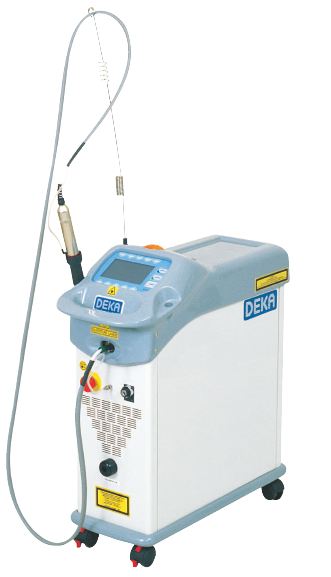
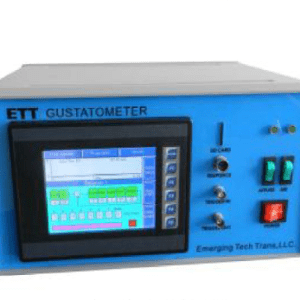

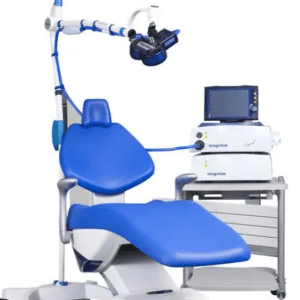
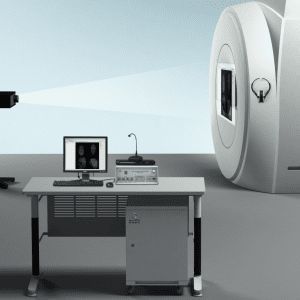














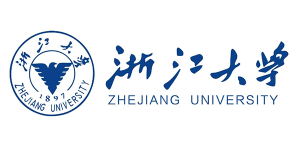
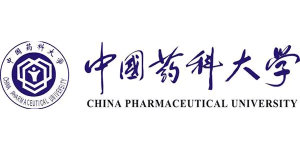
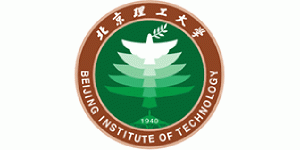



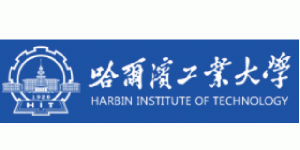

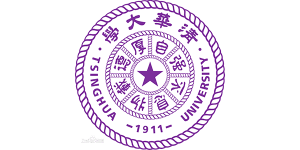

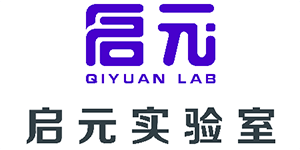
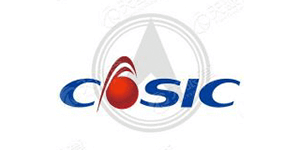
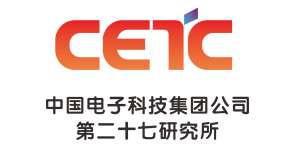


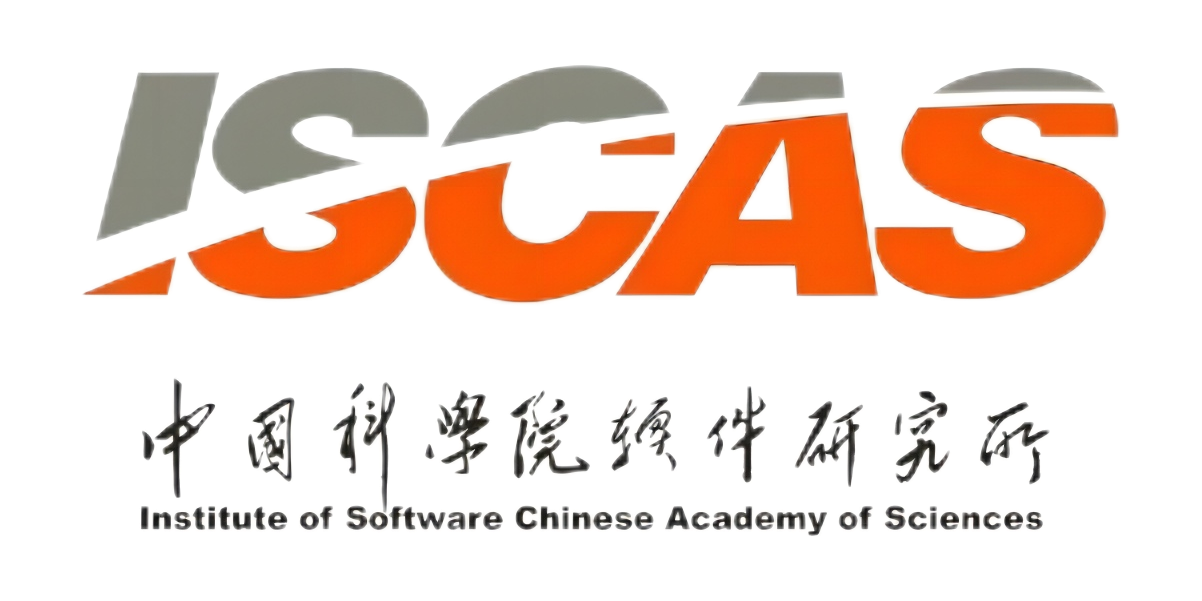
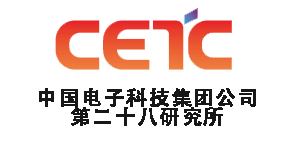



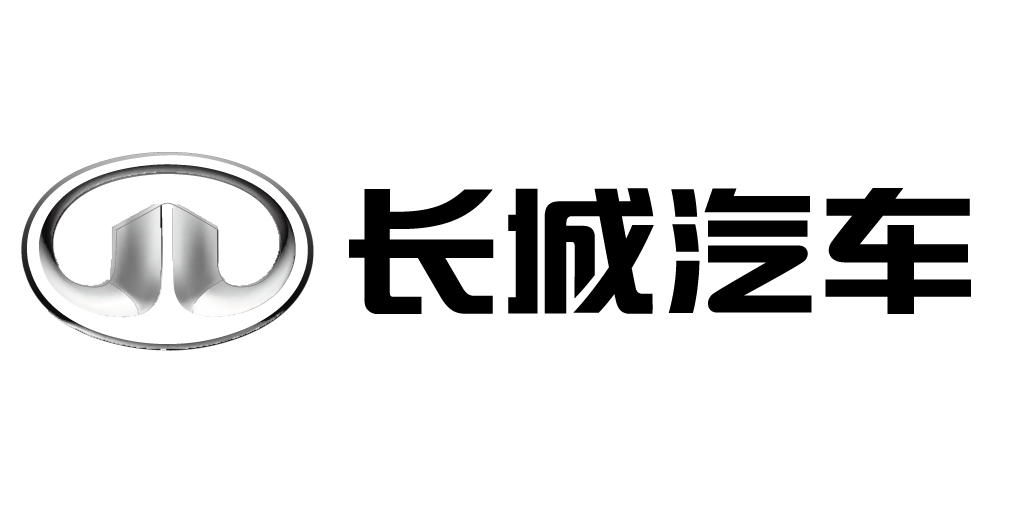


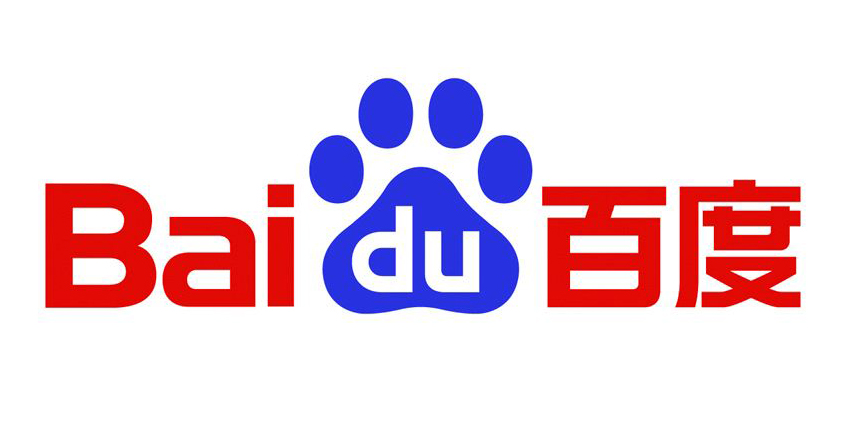
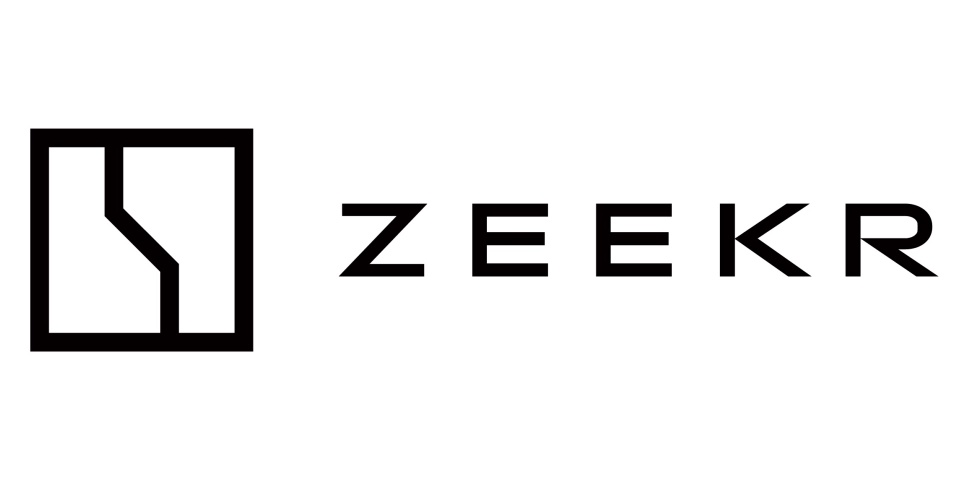
Reviews
There are no reviews yet.